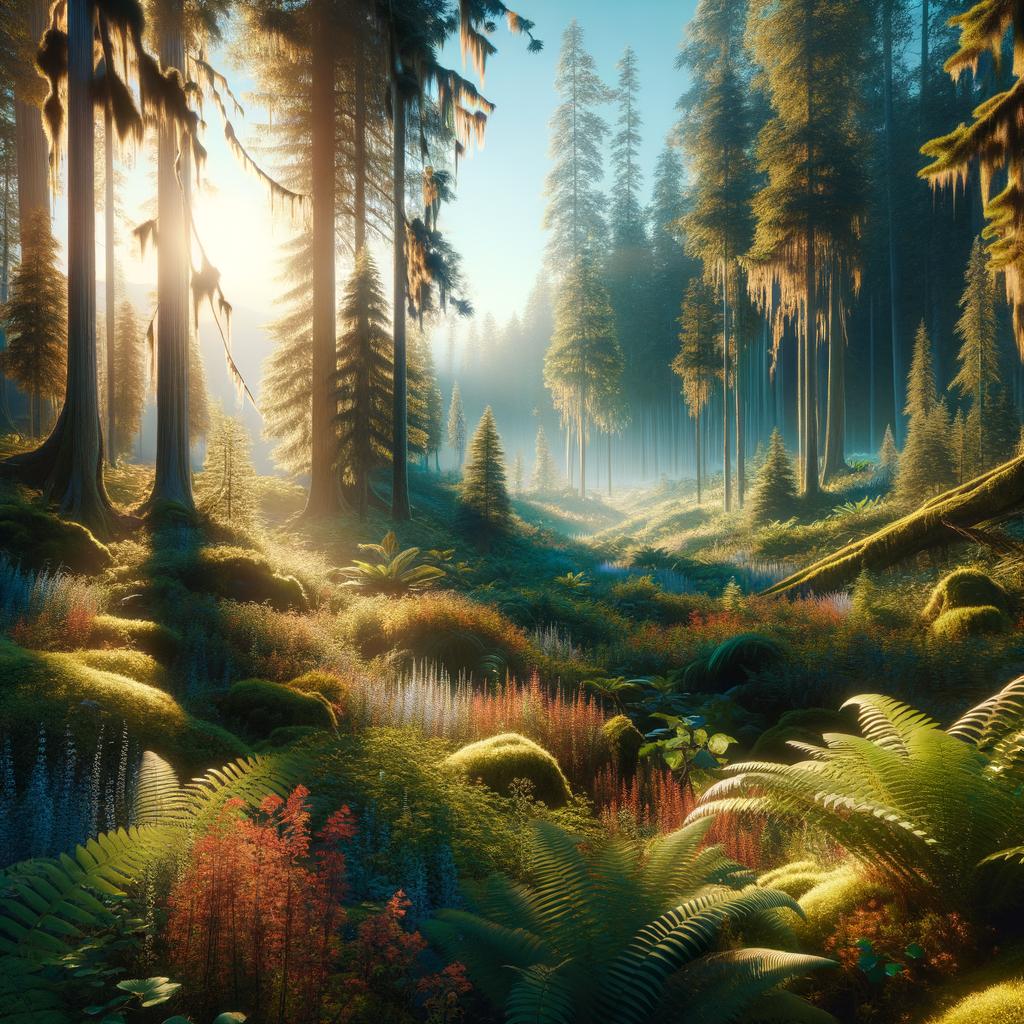A Guide to Experiencing Canadas Iconic Wildlife Up Close
Posted on July 1, 2025 • 4 minutes • 771 words
Table of contents
Canada is a vast land rich in natural beauty and diverse wildlife. From the majestic moose roaming the forests of Alberta to the playful orcas swimming off the coast of British Columbia, the opportunity to encounter these remarkable creatures in their natural habitats is a thrilling experience. Whether you’re an avid nature lover or a curious traveler, understanding how to witness Canada’s wildlife up close can turn a good trip into an unforgettable adventure. This guide will take you through the best ways to experience Canada’s iconic wildlife and ensure your encounters are both safe and memorable.
Understanding Canada’s Wildlife
Canada is home to a diverse range of wildlife, including bears, whales, elk, and a myriad of bird species. Each region offers unique opportunities for wildlife viewing. The varying climates and ecosystems across the country contribute to the rich biodiversity that attracts millions of visitors each year. Knowing what types of animals inhabit different areas can enhance your wildlife-watching experience.
Best Locations for Wildlife Encounters
Banff National Park
Located in the Canadian Rockies, Banff National Park is a prime destination for wildlife enthusiasts. Here, you can spot black bears, elk, and mountain goats. The park offers numerous trails where visitors can hike and observe wildlife in their natural environments. Early morning or late afternoon is often the best time to see animals, as they are most active during these hours.
Jasper National Park
Just a few hours from Banff, Jasper National Park is another hotspot for wildlife viewing. The park is famous for its elk population, which can often be seen roaming around town or grazing in the meadows. Additionally, Jasper provides opportunities to see wolves, moose, and even the elusive lynx. The Jasper SkyTram offers a unique perspective of the park and the chance to spot wildlife from above.
Pacific Rim National Park Reserve
For those interested in marine life, the Pacific Rim National Park Reserve on Vancouver Island is a must-visit. The waters surrounding the park are home to gray whales, humpback whales, and orcas. Whale watching tours are popular and provide an excellent chance to see these magnificent creatures breaching and feeding.
Best Times for Wildlife Viewing
Timing is crucial for successful wildlife encounters in Canada. Each season offers different opportunities:
Spring: As animals awaken from hibernation, spring is an ideal time to see bears and other wildlife. Migratory birds also return, making birdwatching particularly rewarding.
Summer: This season sees the highest wildlife activity. Animals are more active, and many young can be spotted with their parents. Hiking and camping become popular, allowing for close encounters.
Fall: In autumn, animals prepare for winter, and this is a great time to see moose and elk as they gather. The changing leaves also create a stunning backdrop for wildlife photography.
Winter: While colder, winter offers unique wildlife viewing opportunities, such as tracking animal footprints in the snow. You might see wolves and caribou, and some parks offer guided snowshoeing or cross-country skiing tours.
Tips for Safe and Responsible Wildlife Viewing
Experiencing wildlife up close is exhilarating, but safety and respect for the animals are paramount. Here are some tips to ensure a positive experience:
Keep Your Distance: Always maintain a safe distance from wild animals. Approaching them can be dangerous for both you and the animal. Use binoculars or a camera with a zoom lens for better viewing.
Follow Park Guidelines: Each national park has specific rules regarding wildlife viewing. Familiarize yourself with these regulations to ensure both your safety and the protection of the animals.
Do Not Feed Wildlife: Feeding animals can alter their natural behaviors and make them dependent on human food. This can lead to dangerous encounters for both visitors and animals.
Travel in Groups: Wildlife is less likely to approach larger groups of people. Whenever possible, travel with others to minimize disturbances to the animals.
Capturing the Experience
Photography is a fantastic way to remember your wildlife encounters. Bring a good camera with a zoom lens to capture stunning images from a distance without disturbing the animals. If you’re interested in wildlife photography, consider joining a guided tour focused on this aspect, where experts can help you find the best spots and teach you techniques.
Conclusion
Experiencing Canada’s iconic wildlife up close is a rewarding adventure that allows you to connect with nature in remarkable ways. Whether you’re trekking through national parks or embarking on whale-watching tours, being informed and prepared will enhance your journey. By respecting wildlife and their habitats, you contribute to the preservation of these incredible species for future generations. Get ready to explore the wonders of Canada’s wildlife and create lasting memories!




